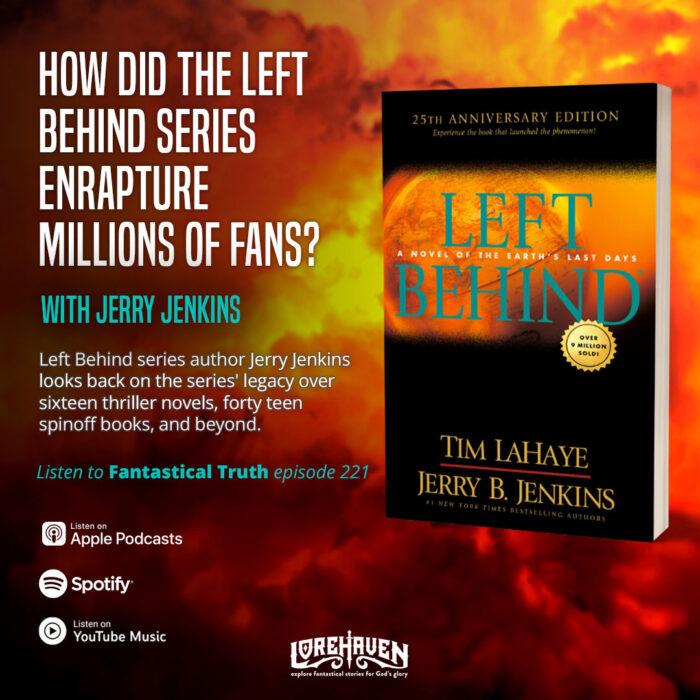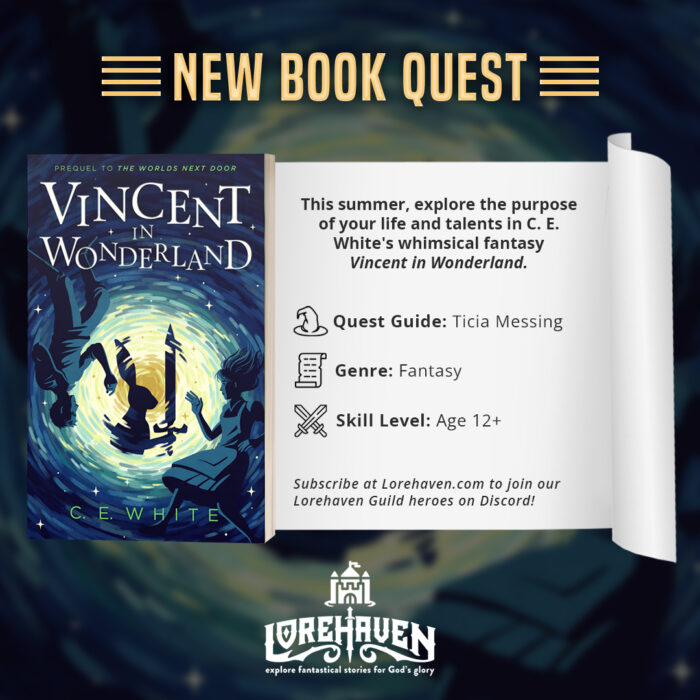Non-Lethal Speculative Fiction Weapons
This post is adapted from something I wrote about non-lethal weapons on my personal blog. I’m sharing it here because I want to get back into the Speculative Fiction Writer’s Guide to War and this post has elements like that series–i.e. technical speculation on the nature of future warfare that will enhance the life of science fiction writers, to which I’ve also added some bits about fantasy worlds.
Probably the most famous non-lethal weapon in all of speculative fiction is the Star Trek phaser, set on stun:

Image copyright: tshirtroundup.com
In spite of how easy-to-use this beam weapon is on Star Trek, the reality of human life and life in general is that it occupies a delicate balance of conditions, so that in general it’s easier to kill or seriously wound a living being with a burst of energy than to disable one without harm. As an example of what I mean, you might recall the case of the terrorist attack in Moscow in 2002, when terrorists from Chechnya took over a theater. Around 40 terrorist were holding 850 people hostage.
In the end, the Russians pumped an anesthesia gas into the place, in a quantity they intended to knock people out without killing them. The 40 terrorists zonked out, allowing military and paramilitary forces to rush in and shoot them. However, of the 850 hostages, about 130 were overdosed on the gas and died. That allowed 700 other people to be rescued and you could therefore say this use of a non-lethal weapon was a success. Though it wouldn’t feel that way if you were one of the 130 who died or related to them…
The problem is it’s easy to overdose a person on gas. The amount needed varies based on size, general health, muscle mass, and even unexpected variables such as whether you have red hair. And even people who are not killed by an overdose of anesthesia gas, who simply fall asleep, may suffer from a reaction of vomiting–which can lead them to choking to death on their own emesis. These difficulties show why a team of life-saving professionals administer anesthesia in hospitals. You can’t just administer sleepy gas or serum and walk away. Not if you want to be sure the patient will live.
Other disabling systems have the same problem. Too little of whatever you want to use and the person you intended to stun is still on his feet, ready to hurt you. Too much and you might permanently injure or kill the person you meant to stun. Ultrasonic waves or infrared heat that can disable an opponent at a certain range of energy prove ineffective or overkill at others. And the systems required to set up such “stun” settings for infrared or other beams of energy are not presently something you can just hold in your hand. And the chances are you won’t be able to hold anything like that in your hand anytime soon.
The Star Trek “stun” setting is just fiction. Knocking people out without killing them is a lot harder than that.
Star Wars used carbon freezing to in effect “stun” Han Solo (though Star Wars also shows a stun beam at least once), though if you freeze a person, the real problem comes with thawing him out. Frozen cells rupture, so a thawed person in reality is as good as dead, even if not exactly dead yet. Star Wars offered no real solution to this problem, only hinting at the difficulty by making Han Solo temporarily blind on his release from his imprisonment. But even if you mastered the technology of freezing and rethawing, actual freezing would surely work a lot better in a controlled environment, that say dumping ultra-cold liquid on a battlefield, just like anesthesia works a lot better on a surgical table than in a Moscow theater.
A pretty effective modern system revolves around pepper spray, which is usually good at causing pain and making people drop to the ground, disabled but not killed. This isn’t very practical for military use since its range is so short and it can be cancelled out by chemical protective gear. And a tiny percentage of people can ignore pepper spray anyway.
And in a speculative fiction context, I think you’d have no assurance that the pepper spray we use would work at all on an alien species or fantasy creatures–they might simply get angry. Or hungry for that matter. 🙂
The modern taser gives a better example of how an effective stun system might work. The taser uses electrical pulses to in essence override the nervous system of the person it’s used on. This isn’t practical as a military weapon as of now, because its range is too short. But imagine you could fire a taser rocket that would fly over to an enemy, guiding itself, then delivering the taser charge and keep the shocks going until its owner came to turn it off (and take the enemy prisoner). That might be very effective. And its stunning effect could be tailored to match the species it attacks. Or we could alternatively imagine a self-piloting flying syringe delivering designer anesthetic and then monitoring the patient afterwards to insure correct dosage.
In fact, futuristic science fiction story worlds with robotic weapons incorporating computer systems that would have the ability to individually calculate dosages of anesthesia or amounts of shocking energy and monitor the person who falls afterwards make non-lethal systems suddenly become much more likely. Individually fired flying projectiles, ones that could guide themselves to their target, and that could deliver a precise dose of whatever it took to knock out an opponent, such technology seems to be an inevitable part of the future of weapons.
Note that other futuristic computerized systems are possible, not just the self-guiding flying kind. You could have a door that automatically stuns people who attempt to break in. Or bomblets which drop from the sky, opening up into little flying or even crawling robots, seeking out people to stun. Or self-deploying cages or traps, that capture a person without harming anyone. Or a nanite cloud, which in science fiction are usually portrayed as eating people alive, instead, delivering them just the right amount of anesthesia to put them to sleep.
In a story world like that, taking prisoners could become the standard practice, actually killing people on purpose would be considered wrong and unneeded. Or at least certain science fiction races would see it that way. Others, presumably, would not (some interesting stories could be told about clashes between the different races with differing philosophies on lethality).
In fantasy stories, the use of non-lethal weapons is not generally considered a problem. If people (only those who breathe, though) happen to fall asleep in the field of poppies featured in The Wizard of Oz without any risk of death, that’s just how the magic in the story works. Likewise a user of magic might command an opponent to sleep and it will work without harm to opponents every time.
I think magical traps or cages are also pretty common in fantasy. Such as a room you can enter but cannot escape on your own.
But these kinds of fantasy stories might gain a small edge of realism by importing a few science fiction ideas into the background. So while a fireball or lightning bolt or similar spell that can kill or seriously maim could be sent off without a second thought required of the spell caster, perhaps a spell putting people to sleep or stunning them would require some sort of magical creature to consciously guide and direct the magic, perhaps an imp or a pixie. Or perhaps the casting of non-lethal spells could require more training and complex conjuring than lethal spells. Even if we put aside knocking people unconscious, it certainly seems much more complex to build a room that traps people than simply produce a lot of heat or electricity or similar energy that will kill or maim them.
Crafting magical systems that make non-lethal options more difficult could also have story implications concerning the nature of good and evil. Killing is easier, so evil characters drift to that kind of magic, while good characters struggle with harder, non-lethal spells. A setup like that would provide as a simple acknowledgement of that fact that reliably knocking people out without any risk of killing them is actually pretty difficult.
So, readers of this post, have you used non-lethal weapons in any of your stories? How did your weapons systems work? Or have you read stories that feature these kinds of weapons? Please share in the comments below.










































I wrote a short story in which the rebels in a society find someone with a high security code and are able to get into the computer systems for the spaceships of the defending national armies. They disable their weapons and threaten to turn off life support if the government forces do not surrender. The rebels win without killing anyone.
Sure, disabling an enemy’s weapons if possible is a way to avoid killing them. Thanks for bringing that up!
In my one book, the society was heavy with open carry, so there were a lot of rules of courtesy and protocol around how firearms were used and presented. The protag used a cane in one scene because she wanted the perp alive and unharmed, and she carried the cane as an alternative weapon in general since she couldn’t draw her gun easily (she had to wear a niqab/burka in certain parts of the city).
Yeah, clearly when using hand-carried weapons as opposed to beam weapons or rays, choosing not to kill is an entirely different matter than with any kind of gun with the potential to kill. Though instead of using a cane, I suppose you could turn a gun around and pistol-whip someone…
Yeah. I wonder, can’t pistol-whipping result in fatal brain swelling extremely easily, though? Makes me think of Rouroni Kenshin (can’t remember how to spell it), an anime about a Samurai who makes a vow to not kill anyone again and uses a blunted blade instead, and mostly bashes people in the head with the hilt. Breaking lots of limbs and craniums in the process.
Urgh, I thought about mentioning that anime but then forgot by the time I got around to writing my post. Thanks for bringing it up 🙂
At least you got Naruto in. Hah!
Eh, it happens. Especially when I have a relevant example 😛
Yeah, wacking someone in the head comes with its own risks.
Pistol-whipping is also possible but it strikes me (haha) as a last ditch maneuver. Pistols aren’t designed for that kind of use, though if you’re not going for ultra-realism, I don’t know if it matters much.
My WIP requires a scenario where “non-lethal force” proves lethal because of circumstances. I’m torn between the “Hamlet Reversal” (the bad guy’s shock club accidentally gets switched into the good guy’s hand) and “The Man Who Shot Liberty Valance” kind of outside intervention with an AI hacking the kill switch.
I suppose the best solution is to write it both ways!
In my Kristian Clark series, thd characters use a gun that freezes a person in a second of time to various degrees.
I heard about the same thing with tranquilizer darts, as far as experts being needed to administer them correctly. I think I heard that they were potentially deadly for reptiles as well, or at least back then, though I don’t remember for sure.
And yeah, one challenge I hear about with the cryogenic freezing is the fact that water expands, so the water in our bodies would freeze, expand and destroy our cells and organs and such.
In a fictional world, I like the idea of authors exploring the downsides of even ‘non lethal’ weapons. It shows that everything can have consequences, and that we need to be mindful of that. Like, technically a stun set phaser from Star Trek could be lethal, considering the fact that stunned people can’t defend themselves.
Some interesting fictional examples of non lethal weapons was how magic was used in Wings Of Fire. It’s actually very insidious, since an Animus dragon can pretty much order anything to happen. Like, one dragon ordered another to follow every one of his orders. Eventually, he ordered that dragon to committ suicide. Animus power was used to a good end later, though. The main chars used it to stop a battle by projecting the feelings and thoughts of the other side into the fighter’s minds. Basically, it forced the fighters to understand the other side so they would have empathy and stop wanting to kill each other.
And, this isn’t ideal at all, but some of my stories(especially the low tech ones revolving around animal chars) have instances where the chars choose to mutilate an opponent rather than kill them. Like, damaging a muscle in the opponent’s leg to keep then from running, or blinding them so that they would have a hard time attacking effectively. That kind of thing would be used in a lot of instances. Like blinding someone in place of giving them a death sentence.
There’s at least one story I’m writing that indicates potential issues that can come with someone collapsing as they are getting knocked out. It’s a Naruto fanfic, an AU where Itachi and his wife are sortofish prisoners in Konoha. Itachi’s wife sort of befriends this other lady, but Itachi and his wife know that that woman partially befriended them so she could secretly guard them. In this story, Itachi is still a good person, but the way he grew up makes him prioritize his immediate family over everyone else. There comes a point where he and his wife need to run, before they get killed. He rushes home, and since his first priority is taking his family and leaving, he knocks out the other woman without a thought before rushing to his wife. He does this partially because he knows that that woman could try to stop them, but after knocking her out he hears her fall and realizes she could have hit her head. He sort of regrets it, but, again, he’s more concerned about getting his family to safety.
Mentioning the potential consequences of what can happen when someone is knocked out, falls, etc. is important, since it is a risk people don’t normally think about. Of course, fiction also tends to talk about knocking people out with blows to the head, which could probably be deadly if the person is hit hard enough/knocked out too long.
Yeah the whole “knocking people out instead of killing them” bothers me frequently in fiction because it is not that simple in real life. If the person is unconscious for any useful length of time then they are going to have suffered brain damage. It’s not a magic solution unless it is actually magic. 😉
Yep.
And I was essentially saying Artificial Intelligence could make it work like magic…remiding me of Arthur C. Clarke’s observation that sufficiently developed technology essentially IS magic…
Rando tangent leaping off anesthetics: I read an article exploring the possibilities of using ideas from MacGuyver medicine used in poor countries to reduce healthcare costs. Like, instead of using anesthetics that require medical degrees to use and constant monitoring during surgery (or else they may die), give ’em ketamine, which has fewer dangers and is muy cheapo. Or using regular but sterilized hardware drills in surgery instead of specialized and super expensive medical drills.
MacGuyver medicine could be totally relevant to shooty adventure stories.
Interesting tangent. Yeah, ketamine is cheaper I think, but you’d still want a pro administering it.
And surgical instruments cost a ton because of laws in advanced countries of the West and East requiring medical equipment to have very specific and exacting technical specifications (for patient safety).
Medical stuff can in fact be manufactured far more cheaply and in fact already is. Hospitals in Africa and in places like Afghanistan buy medical equipment from Alibaba that’s made in China (or maybe Vietnam), which costs way leas than Japanese, European, or US made medical equipment. (I actually helped Afghans and Africans with such purchases once upon a time.)
What the heck kind of psycho can ignore pepper spray? I’ve had it in my eyes. It’s horrific. Great article, by the way… 🙂
Pepper spray in reality triggers something like an allergic reaction–an allergy to the active ingredient that almost all humans share. But a very small fraction of people are simply not affected.
Other people ARE affected and have the burning sensation in skin and eyes but are so wacked out on drugs (or psychotic) they can keep fighting in spite of the pain.
thanks for the information
So cryogenically freezing people is basically like freezing lettuce.
In Stargate they have Zat guns – the first shots stuns, the second shot kills, and the third shot makes the victim disappear (they quietly dropped the last one after a while, probably because it was so ridiculous).